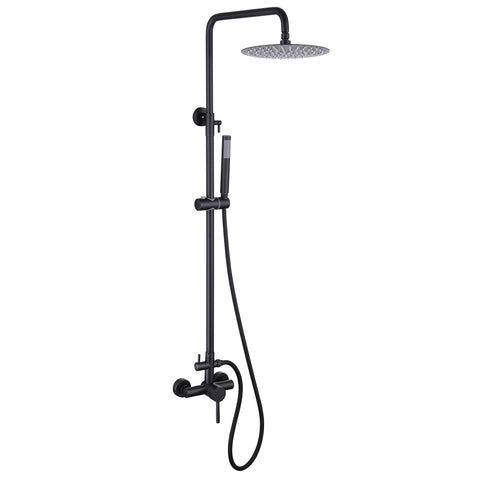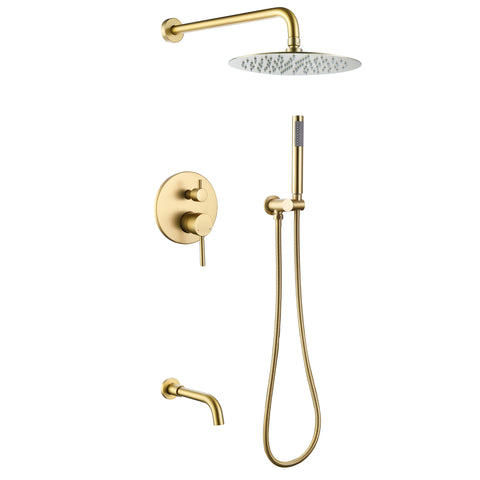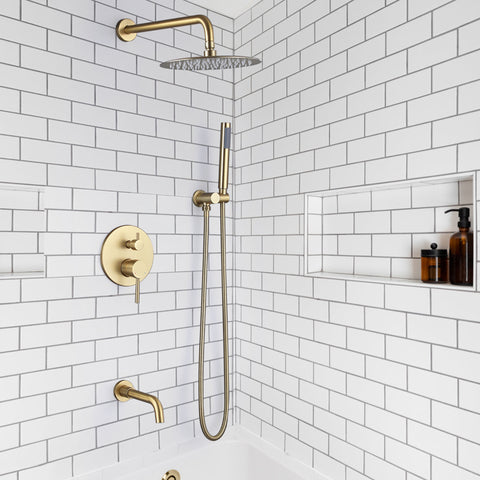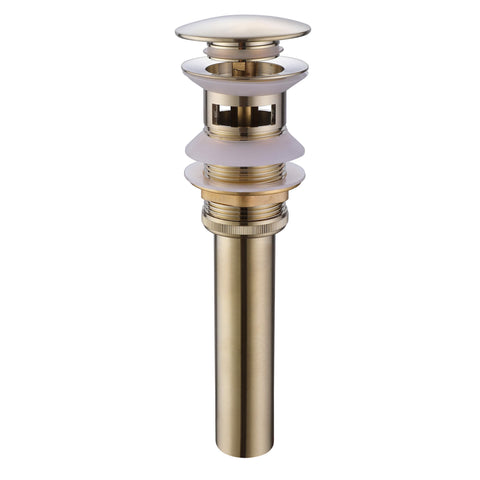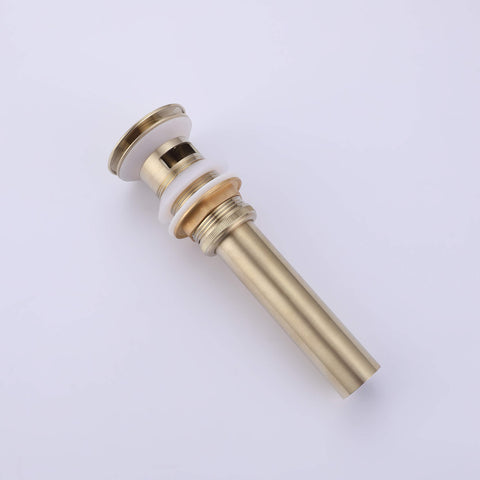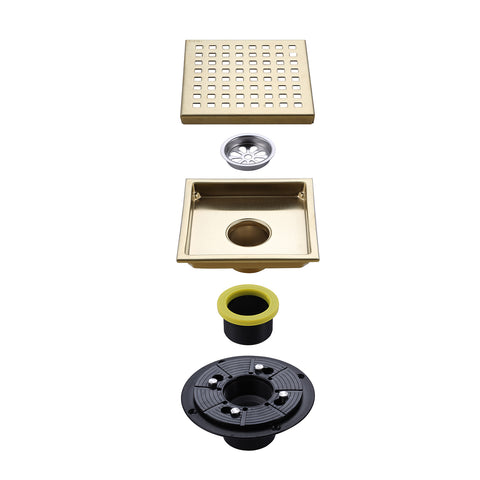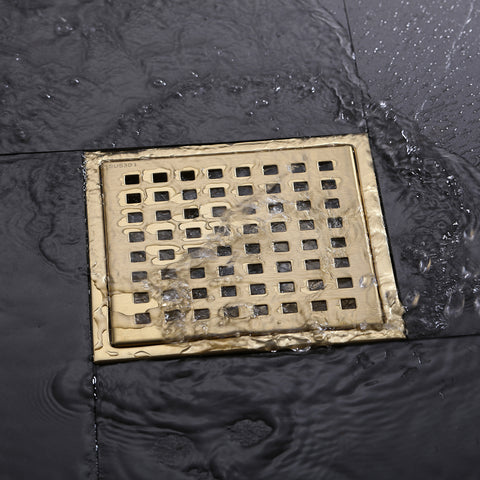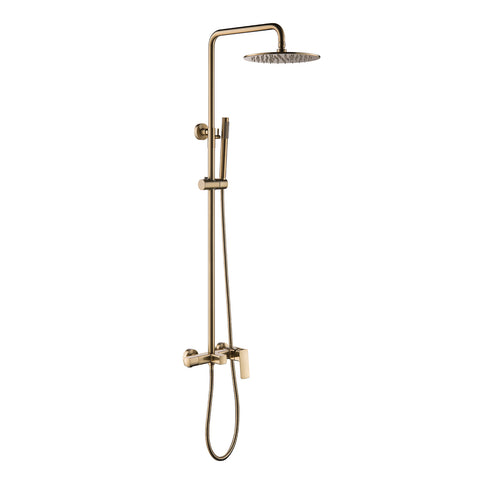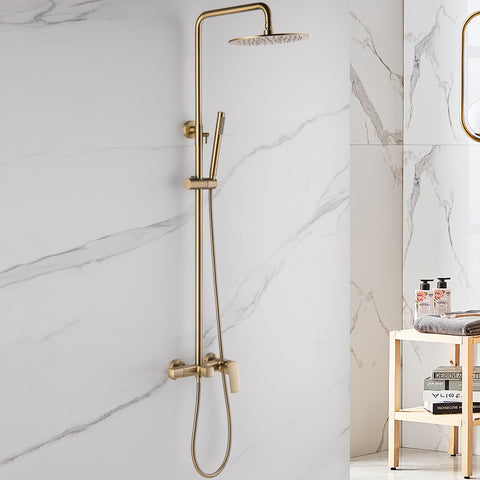How to Winterize Your Outdoor Shower – A Complete Fall Maintenance Guide
There’s nothing like stepping into an outdoor shower on a warm summer evening—the scent of pine or salt air, the golden light, and the sense of freedom. But as fall turns cold, that tranquil retreat becomes vulnerable. Failing to winterize your outdoor shower can mean frozen pipes, cracked fixtures, and a costly mess come spring. The good news? A bit of preventive care this season keeps your favorite space safe year-round.
Why Winterizing Matters More Than You Think
An outdoor shower isn’t like indoor plumbing—it’s exposed to wind, rain, and frost. Even one cold night can cause trapped water to expand and split your pipes. Once that happens, you might not notice until spring, when you turn on the tap and water gushes out from behind the wall. Winterizing isn’t just about protection—it’s about preserving the sense of ease and luxury your outdoor shower brings.
- Prevent costly damage: Frozen water expands and can burst copper, PVC, or steel pipes.
- Extend your shower’s lifespan: Properly drained and insulated plumbing lasts years longer.
- Preserve your investment: Whether built-in stone or freestanding teak, a well-maintained shower keeps its beauty and value.
- Stress-free spring start-up: Open your valves next season knowing everything will work flawlessly.

When Should You Winterize?
The best time to winterize is before the first frost. If overnight temperatures start hovering near 32°F (0°C), it’s time to act. Waiting too long risks letting residual water freeze inside your plumbing. In northern climates, aim for late October; in milder coastal regions, mid-November might still be safe. Either way, it’s far easier to prevent a freeze than to repair one.
How to Winterize Your Outdoor Shower (Step-by-Step)
Winterizing only takes 20–30 minutes. Grab a wrench, an air compressor (optional), and some insulation tape—then follow these easy steps:
- 1. Shut off the water supply: Find the indoor valves that feed your outdoor shower—often near your basement or utility area—and close both hot and cold lines tightly.
- 2. Drain everything: Open the outdoor handles and let all remaining water drain out. Leave them open throughout winter.
- 3. Blow out the lines: For complete drainage, use an air compressor to push out residual water. It’s the single best protection against freezing.
- 4. Remove shower fixtures: Unscrew showerheads and hoses; store them indoors to avoid cracking or corrosion.
- 5. Insulate exposed plumbing: Wrap visible pipes and fittings with foam sleeves or weatherproof insulation tape. Focus on elbows, joints, and valves—these freeze first.
- 6. Protect the structure: Cover your shower with a tarp or waterproof cover to block wind and snow. If your unit is built into wood, ensure it’s dry before covering.

Pro Tips for Extra Peace of Mind
- Label your shut-off valves: You’ll save time next year and avoid confusion about which line feeds your shower.
- Add a drain valve: Installing a small “stop-and-waste” valve near the supply line allows easy mid-season draining.
- Use eco-safe antifreeze: In extreme cold zones, some homeowners pour a small amount into the trap to prevent freeze-ups.
- Check before it’s too late: If you’ve already had a light freeze, open your shower valves to check for pressure or blockage—then winterize immediately.
What to Avoid When Winterizing
Most winter damage happens not because people forget, but because they assume they’ve done enough. Avoid these common mistakes:
- Leaving valves half-open: Always fully open or fully close; halfway lets moisture sit and freeze.
- Ignoring fittings: Metal joints contract faster in cold weather—if left unprotected, they split easily.
- Using thin plastic wrap: Go for thick foam or rubber insulation designed for outdoor plumbing.
- Forgetting to disconnect hoses: Trapped water in flexible hoses can expand and burst even if main lines are drained.
Reopening in Spring: A Simple Reverse
When the snow melts and the air feels warm again, it’s time to reverse the process. Here’s how to bring your outdoor shower back to life safely:
- Remove insulation and covers; make sure everything’s dry.
- Reconnect your showerheads and hoses.
- Turn water on slowly, checking for leaks as pressure builds.
- Let water run for a minute to clear any stale water or debris.

Quick FAQs
- Can I use my outdoor shower year-round? Only if it’s built with frost-proof plumbing and heated lines. Most standard outdoor showers must be shut down in winter.
- Do I need to drain both hot and cold lines? Yes—always drain both. Even unused hot lines can freeze and crack internally.
- Should I use a cover? Definitely. Covers protect not only pipes but wood, metal, and stone finishes from winter moisture and UV exposure.
Final Thoughts
To winterize your outdoor shower is to protect one of your home’s most joyful spaces. It’s a ritual that says, “Summer may be ending, but I’ll be ready when it returns.” With just a few steps—turn off, drain, insulate, and cover—you’ll safeguard your shower, your plumbing, and your peace of mind. Come spring, the first warm rinse outdoors will feel even better knowing everything survived the frost perfectly.
